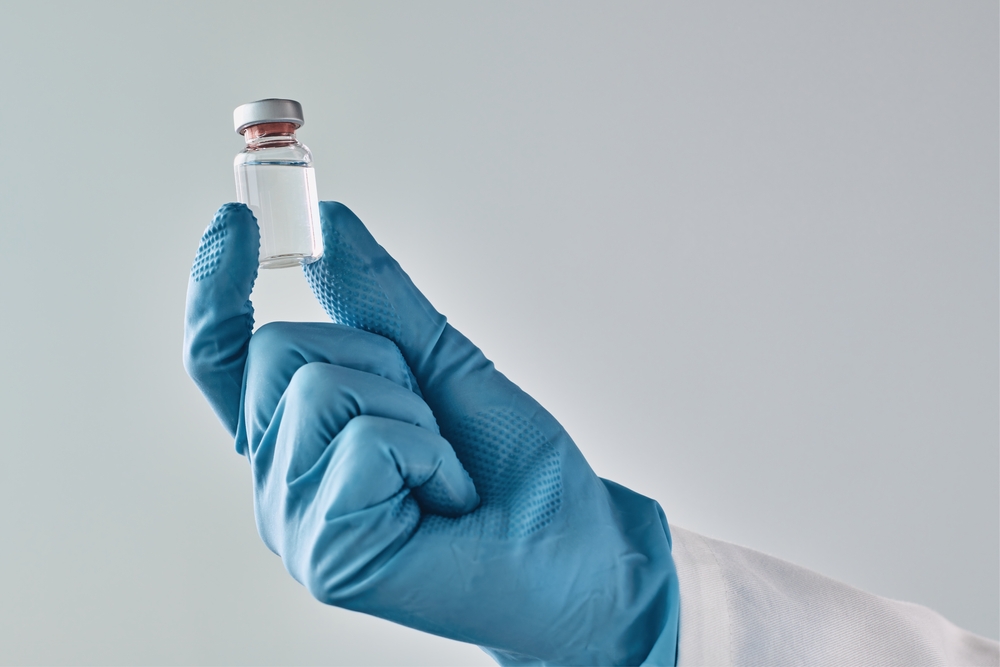No products in the cart.

Peptide Purity Explained: Why COAs Matter
When sourcing research peptides, purity isn’t just a buzzword—it’s the foundation of valid, reproducible research. At Adonyx Bio, we emphasize transparency and third-party testing so you know exactly what’s in each vial.
What Is Peptide Purity?
Peptide purity refers to how much of the material in the vial is your intended compound versus byproducts or residual solvents. In research, even small impurities can lead to inconsistent or misleading results.
How Is Purity Verified?
We use two industry-standard methods:
- HPLC (High-Performance Liquid Chromatography) – measures purity and confirms correct peptide chain length.
- Mass Spectrometry (MS) – identifies the molecular weight and composition of the compound to confirm identity.
Why Are COAs Important?
A Certificate of Analysis (COA) shows the test results from an independent lab. It includes:
- Purity percentage (we require ≥99%)
- Verification of identity
- Date and batch number
- Testing methodology
You should never purchase research compounds without a COA.
Adonyx Bio’s Transparency Guarantee
Every batch we ship comes with a QR code linking directly to its COA. No hidden testing, no vague claims—just real data, verified by real labs.
Bottom Line:
If you care about the validity of your research or the integrity of your protocol, demand COAs. At Adonyx Bio, we don’t just claim purity—we prove it.

Leave a Reply